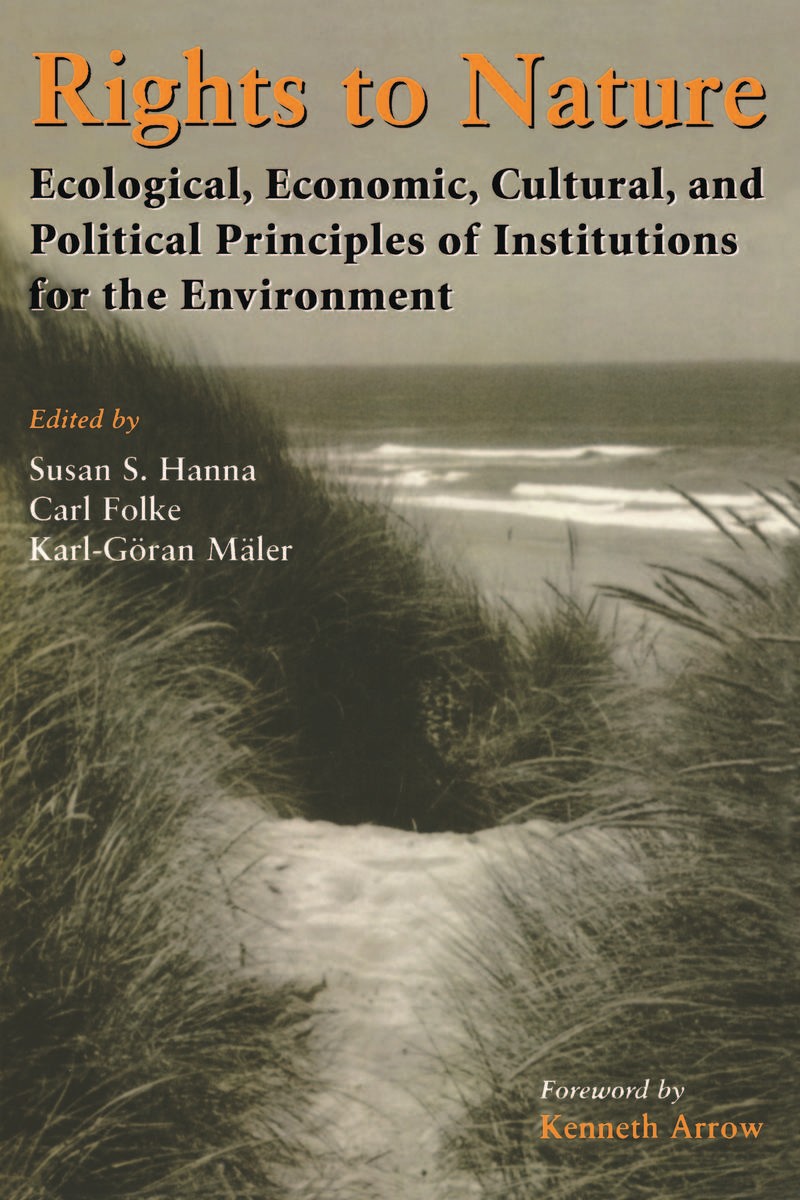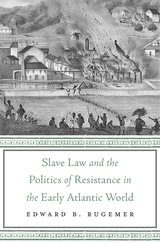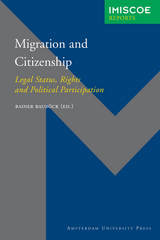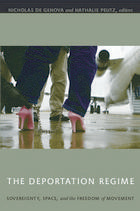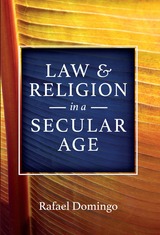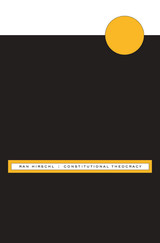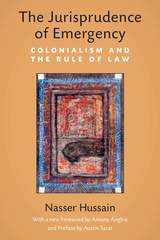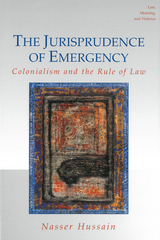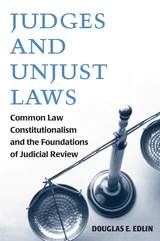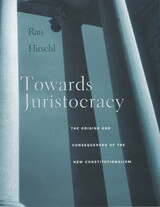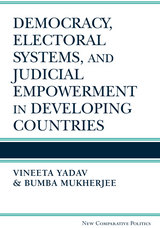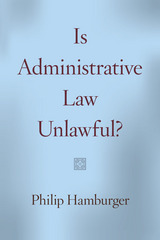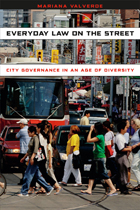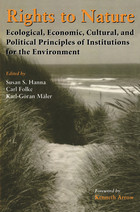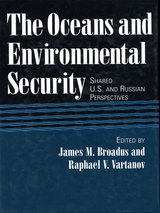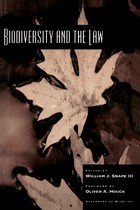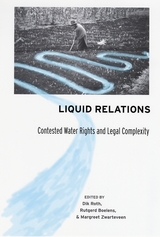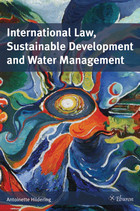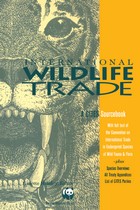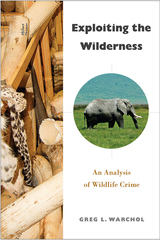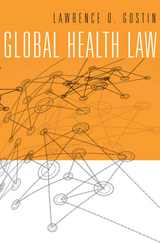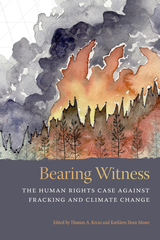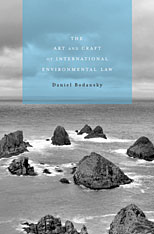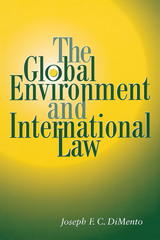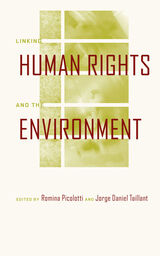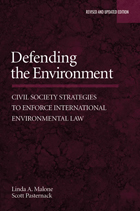Paper: 978-1-55963-490-8 | eISBN: 978-1-61091-315-7
Library of Congress Classification K3478.Z9R54 1996
Dewey Decimal Classification 333.72
Property rights are a tool humans use in regulating their use of natural resources. Understanding how rights to resources are assigned and how they are controlled is critical to designing and implementing effective strategies for environmental management and conservation.
Rights to Nature is a nontechnical, interdisciplinary introduction to the systems of rights, rules, and responsibilities that guide and control human use of the environment. Following a brief overview of the relationship between property rights and the natural environment, chapters consider:
- ecological systems and how they function
- the effects of culture, values, and social organization on the use of natural resources
- the design and development of property rights regimes and the costs of their operation
- cultural factors that affect the design and implementation of property rights systems
- coordination across geographic and jurisdictional boundaries
The book provides a valuable synthesis of information on how property rights develop, why they develop in certain ways, and the ways in which they function. Representing a unique integration of natural and social science, it addresses the full range of ecological, economic, cultural, and political factors that affect natural resource management and use, and provides valuable insight into the role of property rights regimes in establishing societies that are equitable, efficient, and sustainable.
See other books on: Conservation of natural resources | Environment | Environmental policy | Right of property | Rights
See other titles from Island Press
